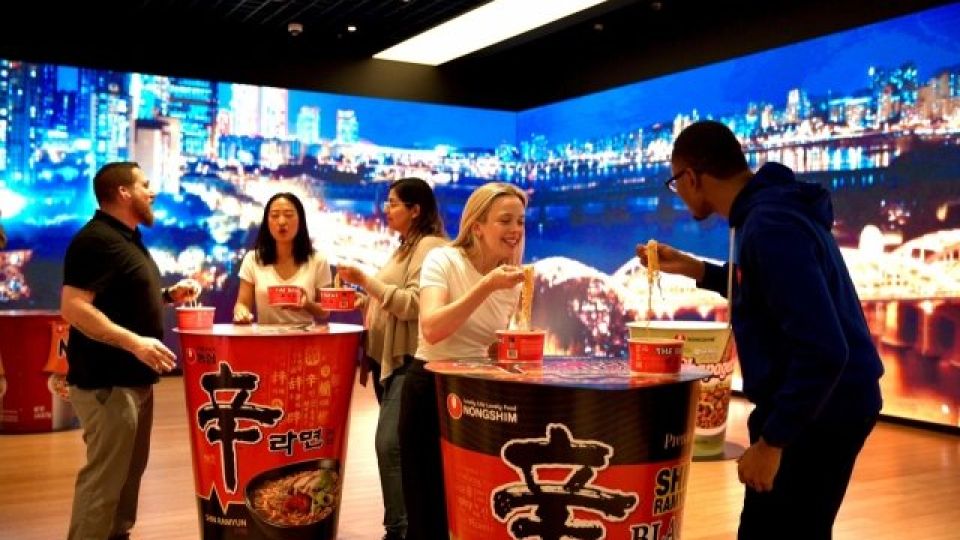November 19, 2024
SEOUL – After years of record exports, especially to the US, Korea’s food industry is now keen to gauge the impact of Donald Trump’s second presidency.
The outspoken leader declared during this campaign that he could impose blanket tariffs of 10 to 20 percent on all US imports, raising concerns for Korea’s key export items such as computer chips and cars. But it is often overlooked that the US remains the largest export destination for Korea’s agricultural and seafood products.
In the first 10 months of this year, Korea’s agricultural and food exports soared 22 percent to $8.19 billion, and the US made up $1.31 billion of the total, driven by growing demand for popular K-foods such as gimbap, tteokbokki and ramyeon.
“Trump’s second term will likely have a significant impact on the K-food industry,” said Lee Hong-joo, a professor of consumer economics at Sookmyung Women’s University. “With possible hikes in tariffs and other non-tariff barriers, the price competitiveness of Korean products could weaken, dampening the consumer demand. Smaller businesses in particular may face higher production costs and weakening profitability.”
But Lee urged strategic shifts to reduce the risks, saying “Companies could reduce tariff burdens and reach local consumers more quickly by expanding production and distribution bases within the US. These localization efforts, in the long run, could help raise their consumer awareness and sales.”
Samyang Foods is one of Korea’s leading ramyeon exporters, best known for its spicy Buldak series. The company sees almost 70 percent of its sales from overseas markets, of which 29 percent comes from the US.
“Currently, all of our exports are produced at our domestic plant in Korea to ensure quality control, which presents both challenges and opportunities,” a Samyang official said. “Even though tariff burdens may negatively affect the market overall, a strong dollar could help us offset the impact.”
Companies with production bases in the US downplayed major concerns over Trump’s return.
“We have continued expanding our production facilities in the US. We could see benefits from localization efforts,” an official of a major food company said on condition of anonymity. “In addition to creating new jobs, our local plant could secure more locally-sourced ingredients. It would be a win-win cycle.”
In the meantime, the nation’s beauty industry, which is ramping up efforts to tap deeper into the US market, is worried about a possible tightening of regulations under the new president.
“Trump’s ‘America First’ approach will likely lead to more stringent evaluations of cosmetic ingredients and raw materials,” said an official from a local cosmetics company who also wished to be unnamed. “But we think demand will persist considering the bigger presence of K-beauty.”
“We plan to enhance our online sales strategy. We could bolster ties with local companies, but a careful approach is required as that could affect our brand awareness and loyalty.”


